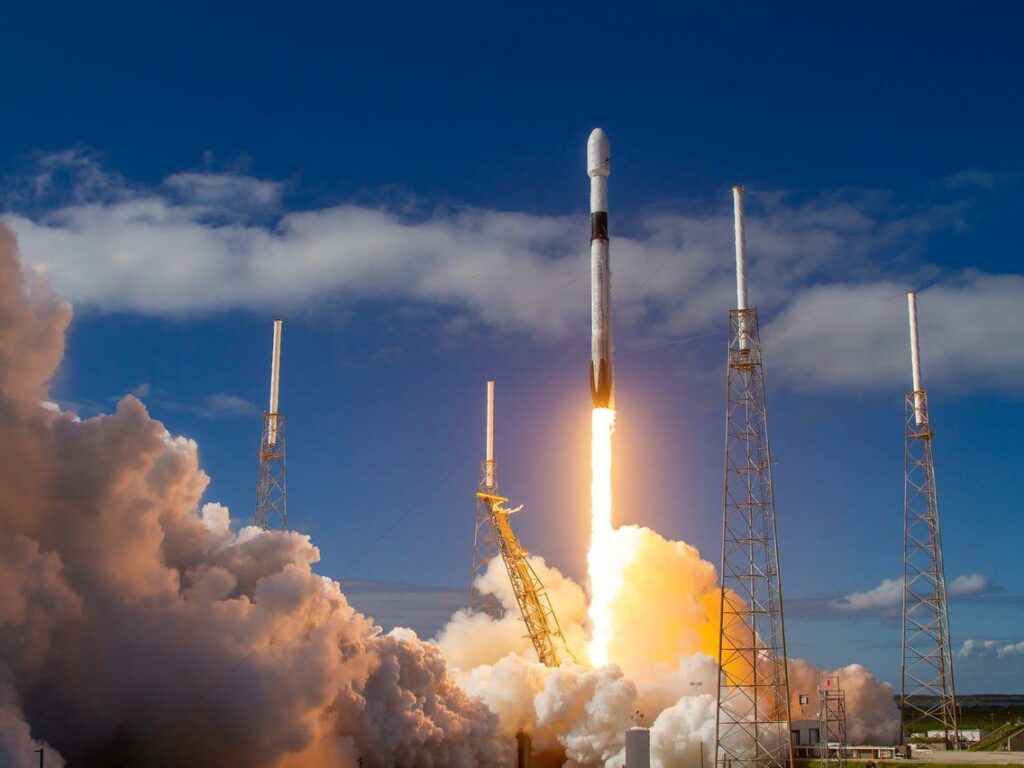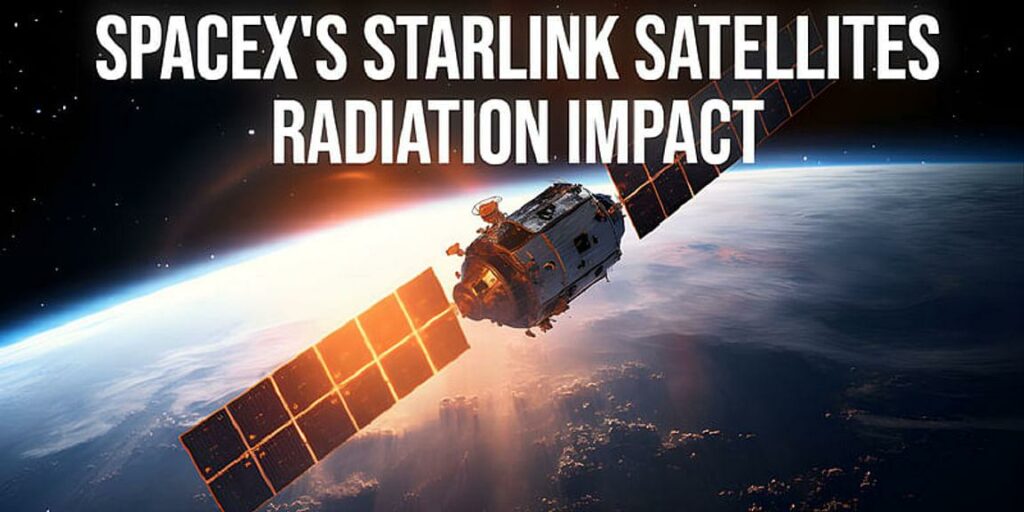
The presence of small white dishes at campsites, suggests a growing trend as Aussie travellers embrace a new lifestyle.
This new gadget taking the scene by storm is a satellite dish from Elon Musk’s Starlink company using satellites to beam high speed interne to users in remote areas.

The satellite dishes, ostensibly belonging to campers, are from Elon Musk’s Starlink company that uses a constellation of 4,000 low-earth orbit satellites around the world to beam high speed internet to users in remote areas who host the dishes.

1. What is Starlink?

This Starlink is the world’s first and largest satellite constellation using a low Earth orbit to bring a broadband internet proficient of supporting streaming, video calls, online gaming, and numerous other options.
Operated by an American aerospace company SpaceX, this private spaceflight company provides coverage to over 60 countries.
A Starlink satellite has a lifespan of about 5 years. SpaceX eventually want to have as many as 42,000 satellites in a “megaconstellation’!

2. Can you take Starlink camping?

This mobile internet option provides a high-speed internet while travelling the country so off-road caravans and campers can stay connected to the internet while on the go!

Starlink works well if there is a clear view of the sky. If the Recreational Vehicle (RV) is parked under trees the Starlink dish can be set away from the RV vehicle to get a clear view of the sky.
The Wi-Fi coverage offers a maximum coverage of 2,000 square feet from router.

3. What are the advantages of Starlink in a caravan?

Travellers in off road caravans can stay connected to the internet while travelling making it easier to keep in touch with family, work remotely or staying entertained during long trips. The biggest advantage of Starlink is its portability.

Commonly referred to as “Dishy” all this takes to mount the dish is a mounting pole and connection to solar panel and router. Once plugged in and connected the Starlink dish will move itself and aim at the relevant part of the sky.

The Standard Starlink is designed for portable use at any destination where Starlink has active coverage. With an easy setup, it delivers internet access within minutes. When it is time to move on to your next destination it is easy to pack up quickly too.

4. Is Starlink worth having in Australia?

Starlink is a great internet option for those residents living in rural or remote areas across Australia, especially for areas with poor internet coverage. It is also preferable choice for those areas with weak or slow internet from other providers as it provides download speeds up to 150 Mbps.

Right now, Starlink is the only satellite service to offer Netflix, making it a positive choice for Netflix fans. A choice of unlimited data is wise.
As Starlink’s service is delivered via satellites it is not dependent on terrestrial infrastructure making it a more reliable option for customers with limited internet access.
5. What are the disadvantages of Starlink?

If a customer is working remotely and doing video, voice calls or live streaming then Starlink is often not as reliable. In some areas the data takes longer to travel from the user to the satellite and back resulting in slower connection speeds.
Some Starlink satellites have been discontinued due to the retirement of the 3G network. More satellites have been launched with improved technology to address these issues.
Starlink is more expensive up-front due to its equipment fees.

6. Is it expensive to use Starlink?

Fees Starlink costs a between around $100 per month for standard set up to $5,000 per month if Starlink Mobility 5TB of Priority Mobile Data.
In addition, there is an upfront equipment fee ranging from $599 to $2,500. This will pay for hardware, shipping, and handling fees. The cost of the hardware will depend on where you are located.
Compared to NBN satellite speeds which are capped at 25Mbps, Starlink offers up to 6 times faster speeds with unlimited data compared with an NBN satellite which provides low amounts of data.

7. Why do astronomers have concerns about Starlink?

Australia is lucky to have some of the darkest skies in the world, but this is changing rapidly as more satellites are present in space.

The size and scale of the Starlink project and the mega constellation vision concerns astronomers who fear that the brightness of the orbiting satellites will interfere with observations of the universe. Spaceflight safety experts now see Starlink as a great risk of collision hazard in Earth’s orbit.
Regulations are struggling to keep up with the rapid advancements in space technology and in the coming decade it is estimated that there will be between 100,00 and 500,000 more objects in space.

8. What other pollutants are linked to Starlink satellites?

Scientists say that SpaceX’s Starlink internet satellites ‘leak’ so much radiation that it’s harming radio astronomy. Even those telescopes protected by radio-quiet zones can be disturbed by Starlink satellites.
This increasing photo bombing of astronomers could harm future discoveries about outer space. Pictures of the night sky and images are being threatened as well as satellites in low Earth orbits causing radio interference with sensitive astronomical instruments.

If two satellites were to collide, they can smash apart into hundreds of thousands of new pieces resulting new debris in space junk. Space debris and low Earth satellites are significant contributors to light pollution that will affect even the remotest stargazer.
9. What can affect Starlink’s radio signals?

Even though high frequency radio signals can travel through the atmosphere to reach the dishes on Earth and satellites in orbit, these radio signals cannot travel through everything. Objects like buildings and trees can completely block signals.

Extreme heat can reduce the performance and if the dish reaches 122 degrees, it automatically cycles in ‘thermal shutdown” to cool down. Users in hot countries need to consider installation locations away from reflected heat.

Starlink was designed to withstand bad weather and generally light rain does not cause issues. However, storm clouds, heavy rain or snow can also cause problems by interrupting signals. The denser the clouds the higher the chances that radio signals coming to and from the Starlink satellites could get blocked.
10. What if Starlink gets struck by lightning?

It is rare for lightening to hit the satellite dish but if the dish was hit then lightening would probably damage by the lightning strike. Starlink dishes do come with built-in lightening protection if they have been installed with the country’s electrical code and are sufficiently grounded.
If they are not sufficiently grounded the current from the lightning strike will enter the electrical system of the caravan or premises and cause damage to equipment.

.
